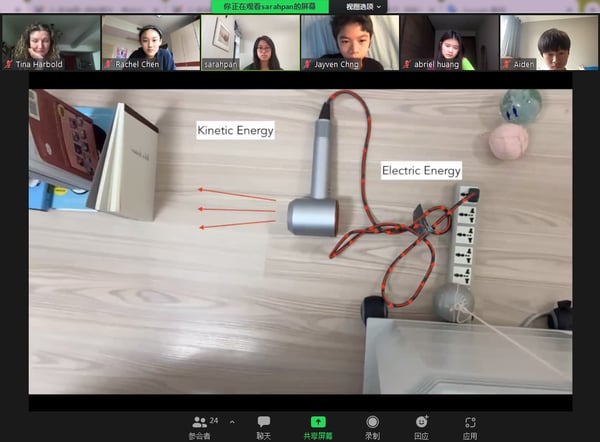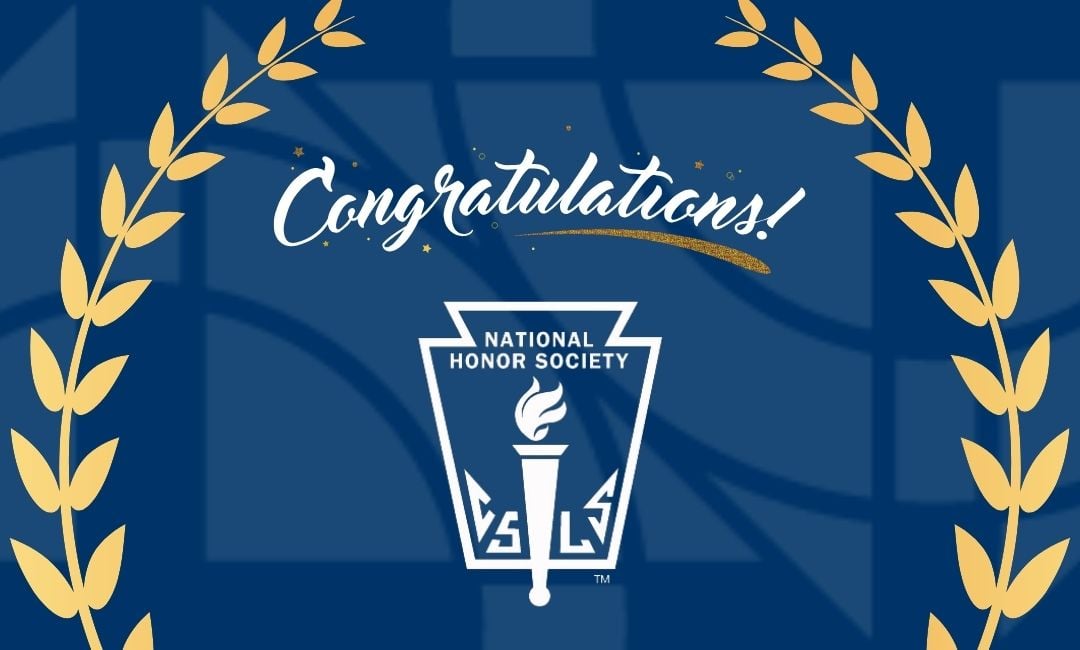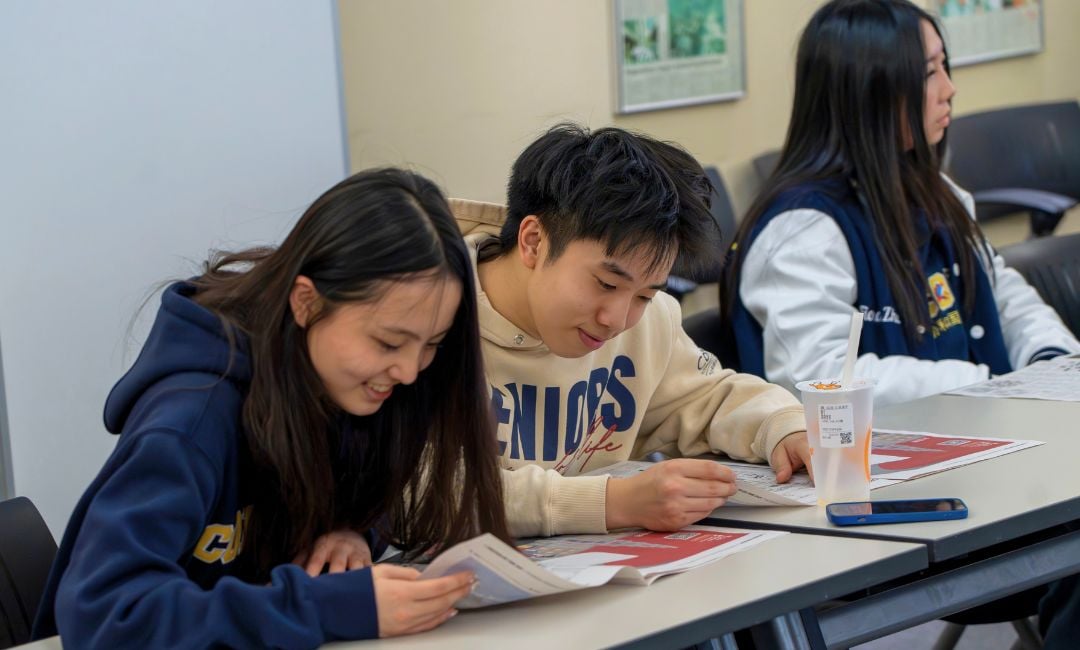Ping-pong balls, massage guns, magnets, ice cubes, and electric fans… these are not items that one would typically find in a bathroom, right? Well, maybe so.
You see, our eighth graders have utilized what they have around the house (items such as the ones mentioned above) to build and construct some complicated but interesting Rube Goldberg machines with the express purpose of completing the simple task of flushing a toilet.

Rube Goldberg machines are deliberately over-engineered or overdone systems that perform a very simple task in a very complex fashion, usually including a chain reaction. Though it may seem crazy or overwrought, this task has actually created a great learning opportunity for our students.
(Video made by MS students Lucas S., Jayven C., and Abriel H.)
(Video made by MS students Andrew M., Annie L., Austin T.)
Led by Middle School teacher Dr. Tina Harbold, our Grade 8 students have been busy planning and building their own Rube Goldberg machines at home over the recent weeks. Using the knowledge of kinetic energy and potential energy they learned in science class, students worked in groups to build their systems in part and then videoed their machines in action.

Each system has between 9-12 energy transformations/transfers and utilizes at least four different types of energy, such as thermal energy, light energy, electrical energy, and mechanical energy.
“The project will benefit the students to realize how energy is present in the world around us and all energy is present in transformations in all we do,” shares Dr. Harbold, who was amazed by the students’ super creative Rube Goldberg machines and their final videos.
Students were fascinated by the process of constructing a series of interconnected devices to perform such a menial task.
“The engineering project is a chance for us to practice our creativity and teamwork by turning our thinking into tangible objects, as well as learning how to communicate with one another—and all while having fun!”— Abriel H.
“I think the engineering project was a fun experience to have in these hard times; it made me get up from my seat, move around, use my brain, and experiment with all the different materials I never would've thought of using! It was entertaining to build, figure out energy transfers, film, video edit, and share with the class.” — Annie L.
While planning and carrying out their inventions, the students also gained a better understanding of the scientific principles behind pendulums, inclines and levers. This type of hands-on scientific study gives students the chance to expand their STEM-related knowledge and problem-solving skills.





